The ocean feels limitless, but it’s not.
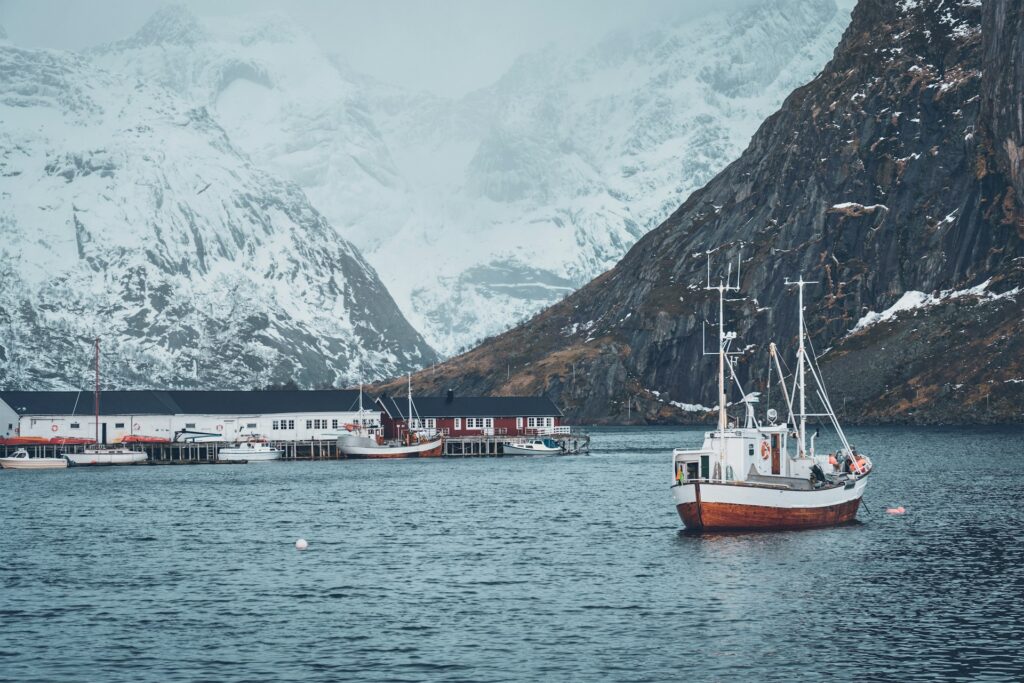
Beneath the waves, marine ecosystems are under increasing strain from one of the most human of problems: overfishing. Sadly, the result isn’t just fewer fish on supermarket shelves—it’s extinction. Species are disappearing, food chains are collapsing, and the effects ripple far beyond the waterline.
Here’s the scary truth of how overfishing is fuelling marine animal extinctions, what’s being done to slow the damage, and why this issue deserves far more attention than it’s currently getting.
What is overfishing?
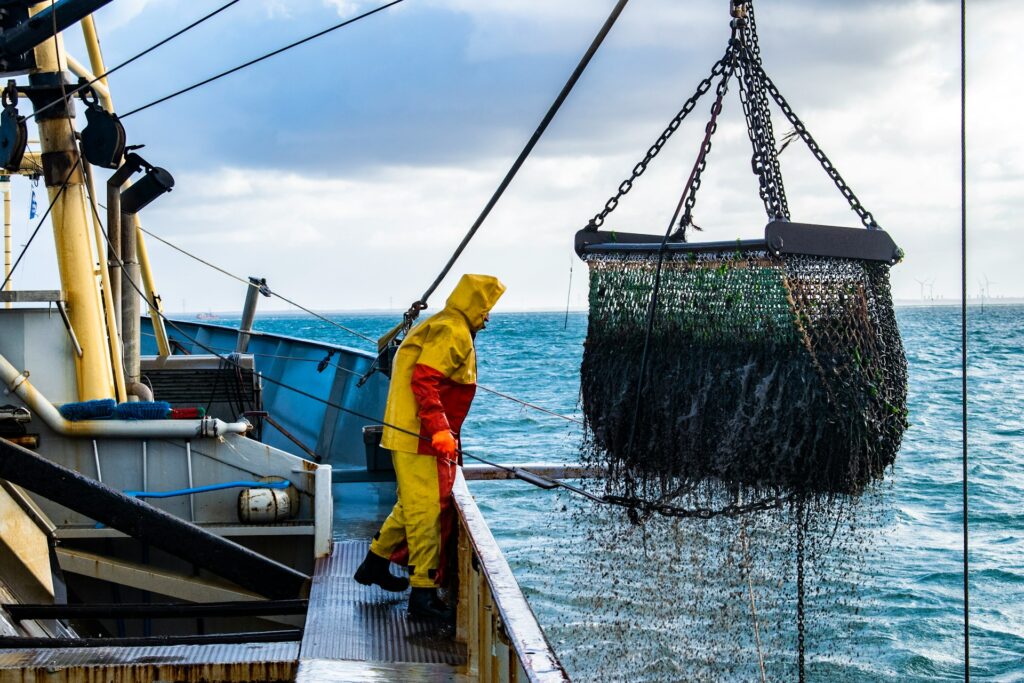
Overfishing happens when fish and other marine animals are caught faster than they can reproduce. It sounds simple, but the consequences are enormous. When too many adult fish are removed from a population, that group struggles to recover. Eventually, it collapses. And when that happens at the scale we’re seeing now, the results are devastating.
According to the Food and Agriculture Organization (FAO), over 35% of global fish stocks are being exploited at biologically unsustainable levels. That means more than a third of all wild fisheries are past the point of recovery unless urgent action is taken. The number is even higher in some regions, where lack of oversight allows industrial fishing fleets to continue harvesting at dangerous levels.
The problem extends to species beyond just those humans consume. When one population crashes, it affects predators, prey, and competitors, creating a ripple effect that can destabilise entire ecosystems. It’s not just about taking too many fish; it’s about altering the entire structure of marine life.
Species on the brink
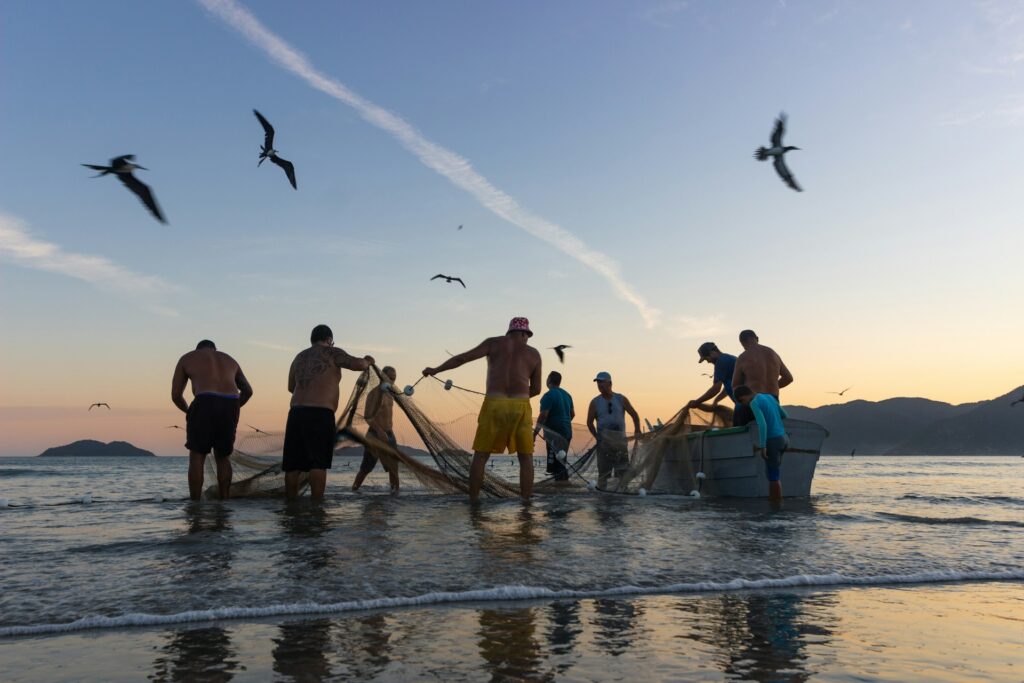
While many fish populations are declining, some species are teetering on the edge. Here are just a few:
Vaquita porpoise: With fewer than 10 individuals left in the wild, the vaquita is considered the most endangered marine mammal on Earth. Though not a target species, it’s often killed in illegal gillnets meant for another fish: the totoaba, whose swim bladder is highly valued on the black market. Conservationists have called for a total ban on gillnet fishing in the vaquita’s habitat, but enforcement remains weak.
Bluefin tuna: One of the most commercially valuable fish in the world, the Atlantic bluefin tuna has been severely overfished for decades. Although some populations are showing signs of improvement thanks to stricter quotas and conservation efforts, others remain in critical condition, particularly in the Mediterranean and eastern Atlantic.
Sharks and rays: Over one-third of all sharks and rays are now threatened with extinction, largely due to overfishing and bycatch. Some species, like the sawfish, have disappeared from much of their former range. The shark fin trade, combined with a slow reproduction rate, has pushed many populations to the brink, according to the IUCN Red List.
Orange roughy: This deep-sea fish lives for over 100 years and matures very slowly. It’s been heavily targeted by trawlers, and populations have collapsed in areas like New Zealand and Australia. Recovery, if it happens, will take decades.
Sea cucumbers: Often overlooked, these invertebrates are essential to ocean health, acting like vacuum cleaners of the seafloor. Overharvesting for use in traditional medicine and cuisine is threatening their numbers in places like the Indian Ocean and Pacific Islands.
It’s not just about the fish

Overfishing doesn’t just impact targeted species. It throws entire ecosystems out of balance.
When large predators like sharks and tuna are removed, smaller fish populations can explode, which affects coral reefs, kelp forests, and even plankton populations. This shift can lead to “trophic cascades”—a domino effect where one change leads to many others, often destabilising the entire ecosystem.
Coral reefs, which support 25% of marine species, are particularly vulnerable. Overfishing of herbivorous fish allows algae to take over, smothering the reefs and making recovery difficult. In other regions, the decline of predatory fish has led to jellyfish booms, which further complicate the marine balance.
Bycatch is also a massive issue. Millions of non-target animals—including sea turtles, dolphins, seabirds, and even whales—are caught and killed unintentionally every year. This indiscriminate fishing further threatens vulnerable species and wastes an enormous amount of biomass. According to the WWF, bycatch accounts for up to 40% of global marine catch.
Why overfishing happens
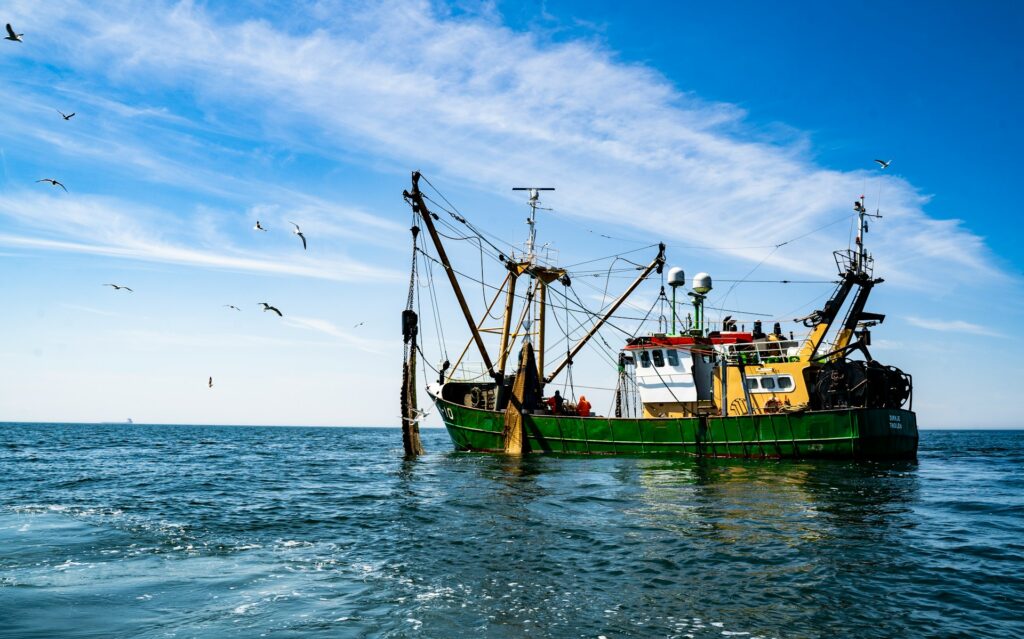
The root causes are as layered as the ocean itself:
High demand: Seafood is a global commodity, and demand continues to rise, especially in wealthier countries. Sushi trends, luxury fish, and widespread consumption of imported seafood have put enormous pressure on ocean life.
Globalisation: Modern supply chains mean fish caught in one region may end up on plates halfway across the world. This creates incentives for unsustainable extraction, often far from the eyes of regulators.
Poor regulation: Many areas have weak or non-existent fishing limits, making it easy to exploit stocks. Even where rules exist, enforcement is often minimal, especially in the high seas.
Illegal fishing: Unreported and unregulated (IUU) fishing accounts for an estimated 20% of global catch, and up to 50% in some regions. These operations dodge rules, destroy habitats, and undermine efforts to manage stocks sustainably.
Destructive gear: Trawlers, longlines, and gillnets are highly efficient, but also extremely damaging. Bottom trawling, for example, destroys deep-sea habitats that may take centuries to recover.
Subsidies: Many countries subsidise their fishing industries, encouraging overcapacity. According to the UN, harmful subsidies total tens of billions of dollars a year, fuelling more boats, more gear, and more overfishing.
So, what’s being done?
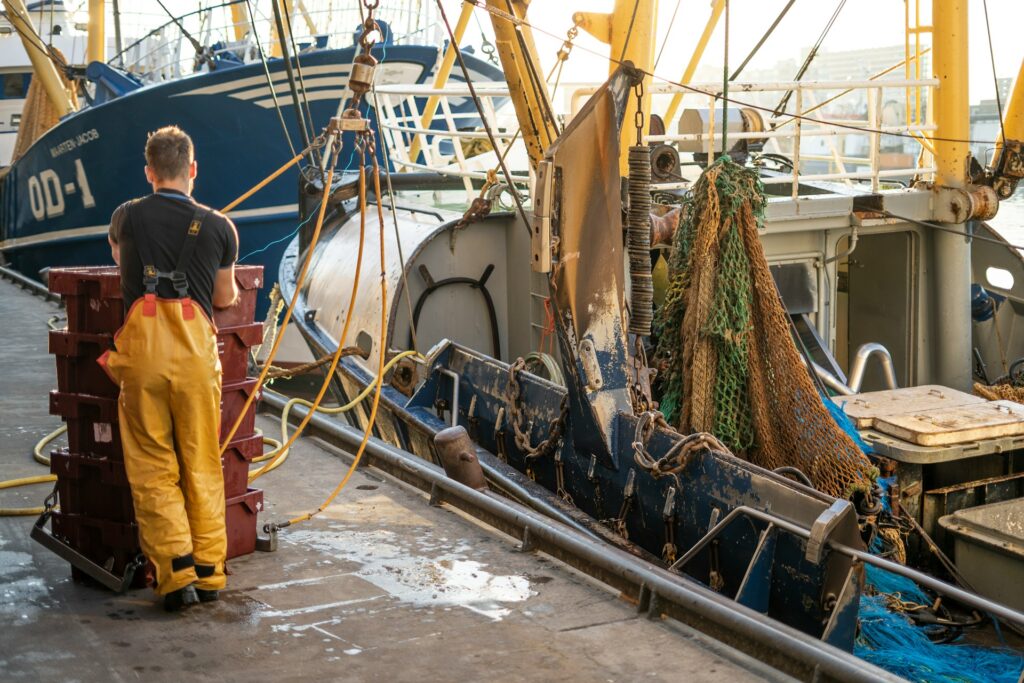
Thankfully, there are plenty of powerful people and organisations that are well aware of the dangers of overfishing, and they’re dedicating lots of time, money, and effort to try and solve this issue. These are just some of the efforts being made:
Marine protected areas (MPAs): MPAs restrict human activity in key ocean regions to allow ecosystems to recover. Fully protected zones, also called marine reserves, are especially effective. According to Marine Conservation Institute, less than 3% of the ocean is currently fully protected, far short of the 30% target many scientists say is needed. Where well-enforced, MPAs have been shown to increase fish biomass, improve biodiversity, and help nearby fisheries recover. But too many MPAs lack proper enforcement or exist only on paper.
Better fishery management: Countries like New Zealand, Norway, and the U.S. have adopted science-based quotas, gear restrictions, and seasonal closures to manage their fisheries more sustainably. These tools work, but only if they’re properly enforced and based on the best available data. Community-led management schemes have also been successful in places like the Philippines and Chile.
Tackling illegal fishing: Organisations such as Global Fishing Watch use satellite data and AI to track fishing vessels and spot suspicious activity. This transparency is helping to hold bad actors accountable. Technologies like automatic identification systems (AIS) and blockchain traceability are improving oversight and helping consumers know where their seafood really comes from.
Supporting sustainable seafood: Certifications like the Marine Stewardship Council (MSC) help consumers choose responsibly caught seafood. Some supermarket chains are committing to 100% certified sustainable sourcing. Consumer guides like the Good Fish Guide in the UK help make informed decisions.
Indigenous and local knowledge: Small-scale and Indigenous fisheries often use methods that are far more sustainable than industrial ones. Supporting these communities not only protects cultural heritage but also enhances conservation outcomes. Programmes in Canada, the Pacific Islands, and parts of Africa are showing how traditional stewardship can coexist with modern science.
Why this matters more than ever
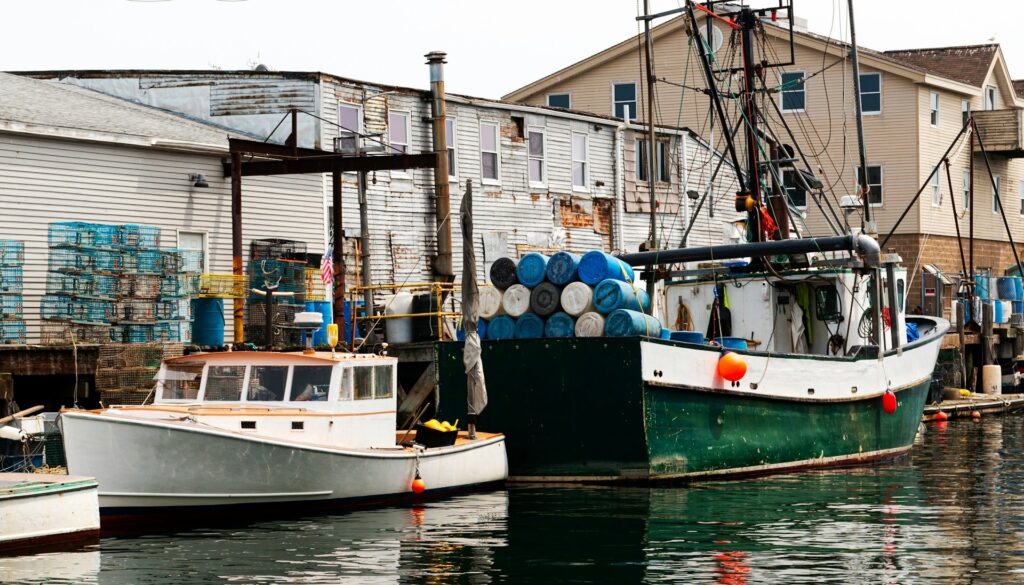
Oceans cover over 70% of the planet. They regulate climate, provide food for billions, and are home to most of Earth’s biodiversity. If we lose our marine ecosystems, we don’t just lose beautiful animals—we lose stability, food security, and one of the planet’s best defences against climate change.
The ocean absorbs around a quarter of the carbon dioxide we emit. Healthy fish populations play a part in this carbon cycling. Losing them affects everything from plankton blooms to seabird nesting to coral reef survival. We are rapidly approaching tipping points.
Marine animals can’t recover if we keep taking more than they can give. The clock is ticking, and in some cases, it may already be too late. However, with coordinated effort and global commitment, recovery is still possible.
What you can do
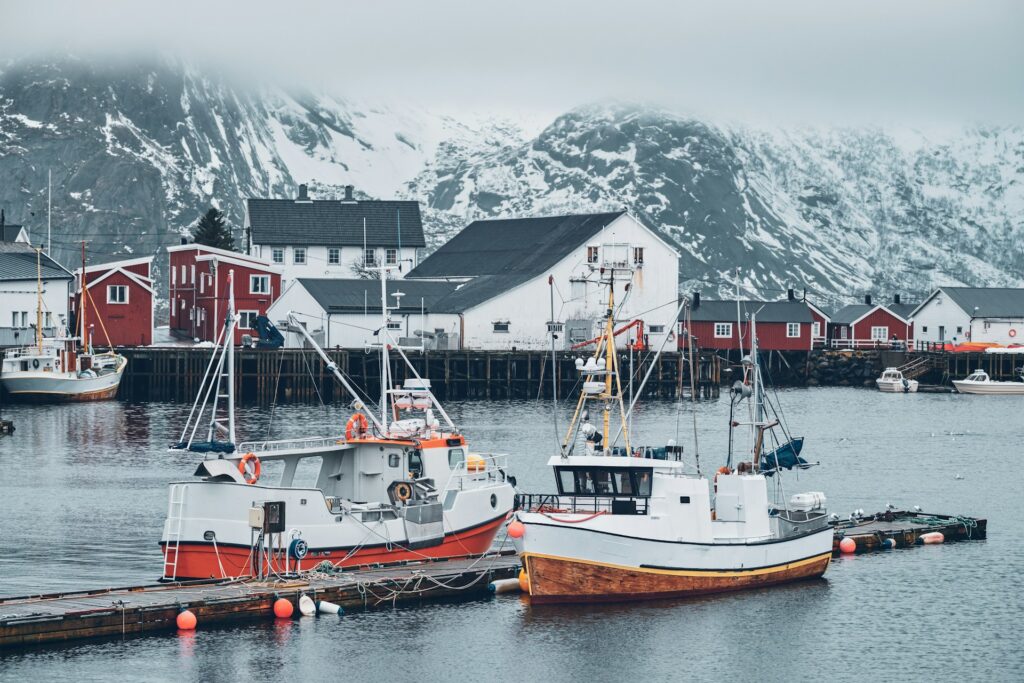
Eat less seafood, or choose sustainable options using guides like the Good Fish Guide.
Support organisations like Oceana, Sea Shepherd, and Marine Conservation Society.
Avoid products made from endangered species, including shark fin, caviar, and dried seahorses.
Speak up. Ask restaurants and shops where their seafood comes from. Demand transparency.
Get political. Support leaders and policies that prioritise ocean conservation.
Educate others. Share facts, articles, and documentaries that highlight what’s at stake.
Overfishing isn’t just a numbers problem

It’s a story of disappearing lives, silenced migrations, and vanishing songs in the deep. But it’s not irreversible. With the right choices—by governments, industries, and individuals—we can stop the slide and help the oceans heal. Because if we can’t protect what lives in the water, we risk losing a part of ourselves too. And that’s a loss the planet can’t afford.